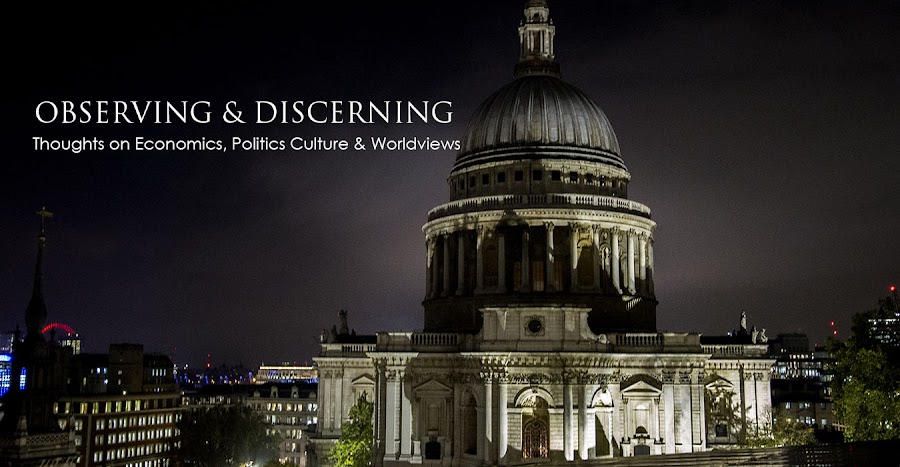Along with around 30 fellow students, Daisy had been
participating in her bikram yoga class, which is a type of yoga held in a very
hot room. During the session, there was
a sudden loud ‘clunk’ as a student collapsed to the floor. Her companion and the yoga instructor went
immediately to help the woman. The rest
of the class stopped what they were doing and looked on, apart from one man in
the class who kept on looking at himself in the mirror while performing an
asana. This particular posture,
according to Daisy, was very difficult, one that requires 'near pathological
levels of focus, self-possession, serenity and concentration.’
Daisy’s reaction to seeing the man’s actions was this: ‘for
a period of about 120 seconds he irritated me so much it took every ounce of my
willpower not to trot across that hot studio, with a little buck and pretty
neigh, and bloody well push him over….I wanted to push that man over more than
anything I’ve wanted to do in years. ‘ The emotions Daisy recounts are understandable and ones to which most of us would relate. She's horrified that someone would not be
moved, if not to offer assistance to someone in trouble, to at least show some
concern. Daisy had experienced righteous
indignation and I think she demonstrated that most of us know deep inside us a
great deal about truth and our gift for compassion.
People say all the time that yoga can be practiced simply for
exercise and relaxation and that it needn’t be anything more. Those things may be by-products of yoga, but
they’re not the primary purposes for which yoga was designed. Yoga is meant to prepare a person to have
union with ultimate reality which, in the monistic worldview, is the divine
Brahman inhabiting everything and everyone.
The yoking of the personal
divine with the cosmic divine occurs during an altered state of consciousness
through yoga and meditation. Even
secular social scientists such as Mihaly Czikszentmihalyi, have found that yoga can produce a mental
state called ‘flow’ - a single minded
immersion and absorption in activity with a corresponding lack of awareness of
time or one’s body. So there is
widespread acknowledgement both inside the spiritual discipline and in secular
psychology that yoga is not a simple physical activity. People who undertake it should have some
knowledge of the risks: physical, mental and crucially, spiritual.
I think Daisy’s fury was that the man wouldn’t show concern
for a fellow human being in trouble. It’s
also quite possible that the man was in an altered state of consciousness and couldn’t show concern for a fellow human
being in trouble. Either way, it just doesn’t seem right. Being excused from holiness because one is working
on being closer to the divine seems quite contradictory. And I think this explains why Daisy’s reaction
would resonate with most of us, both those who are believers and those who are
not.

No comments:
Post a Comment